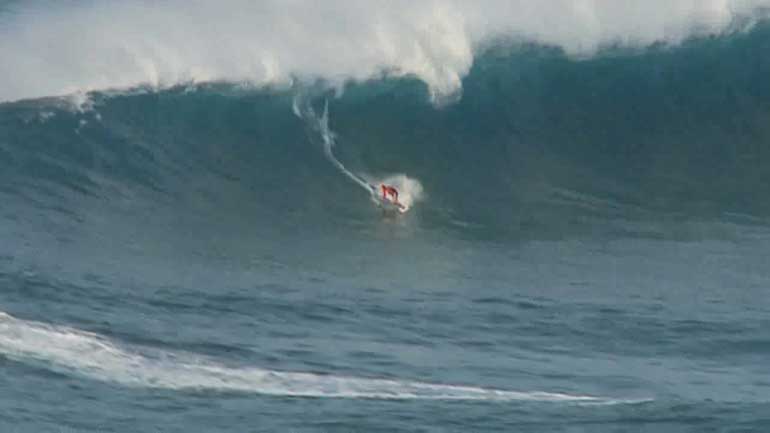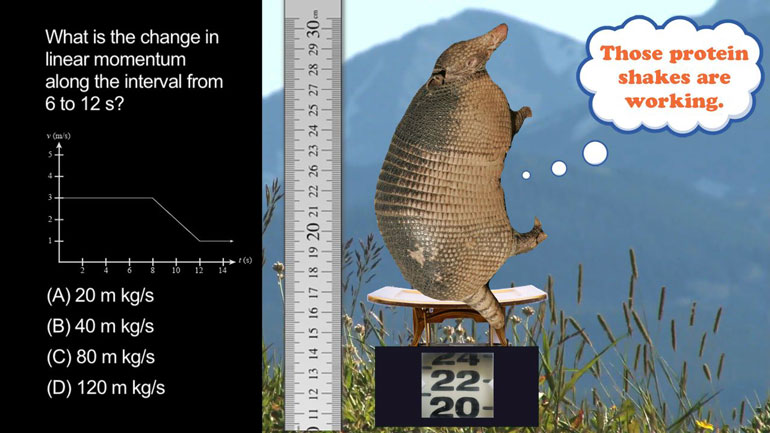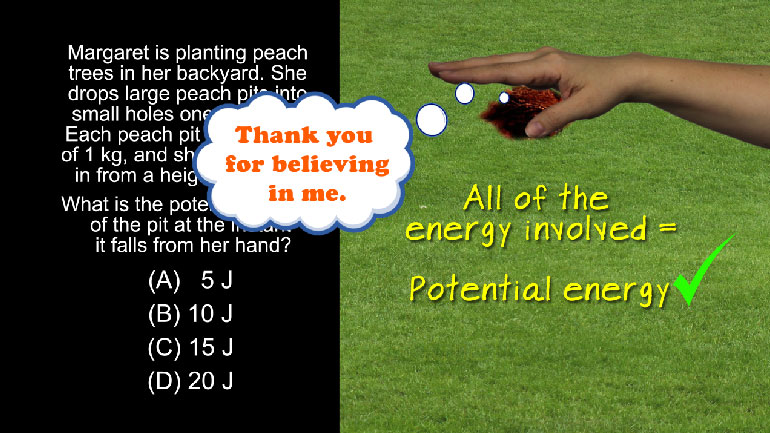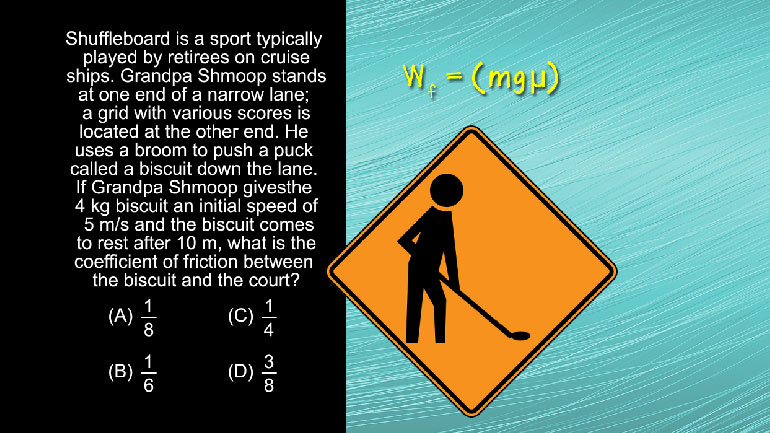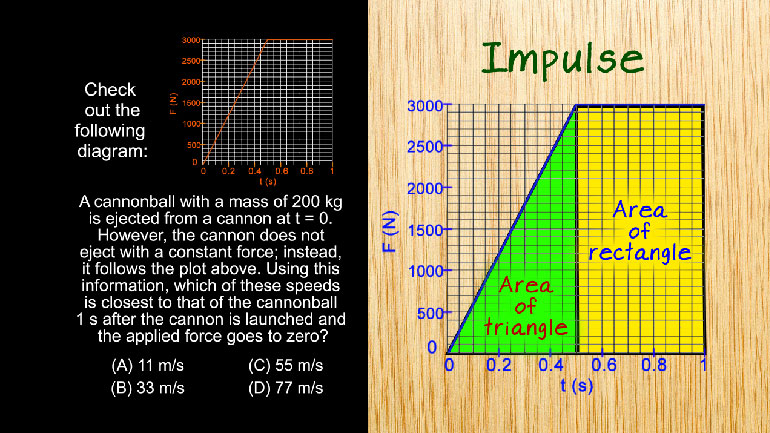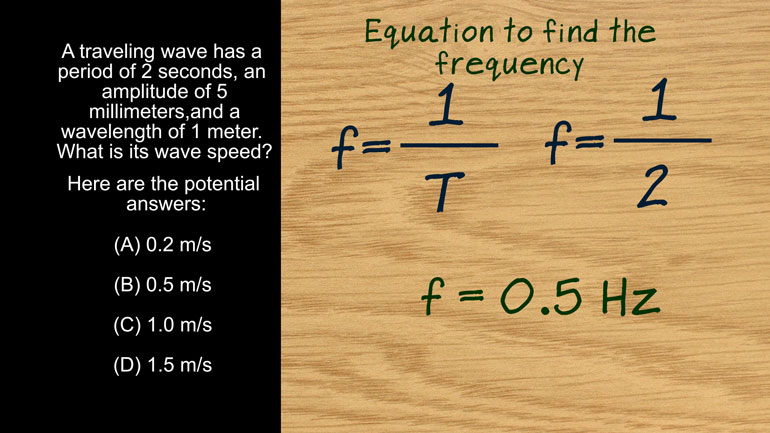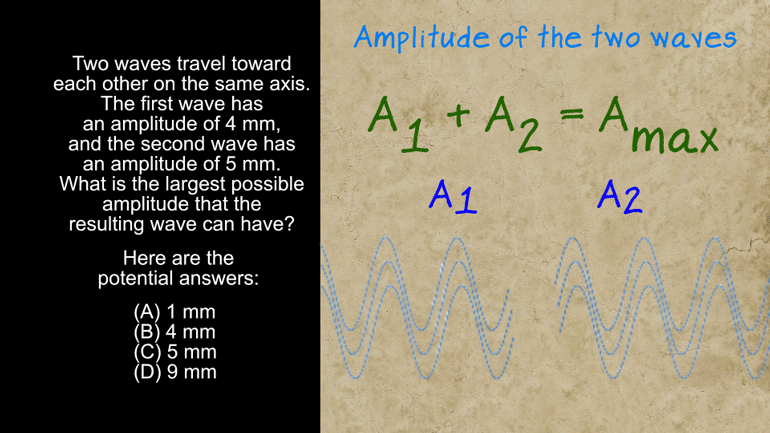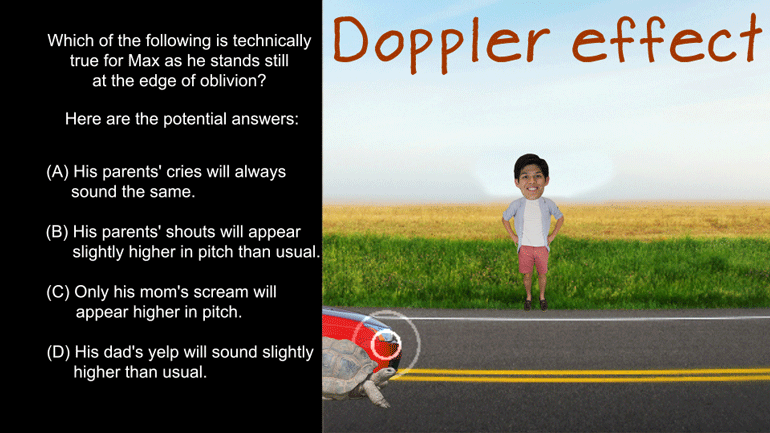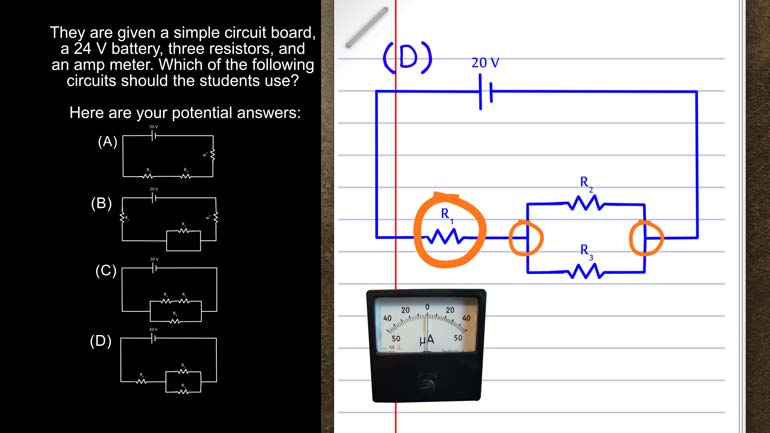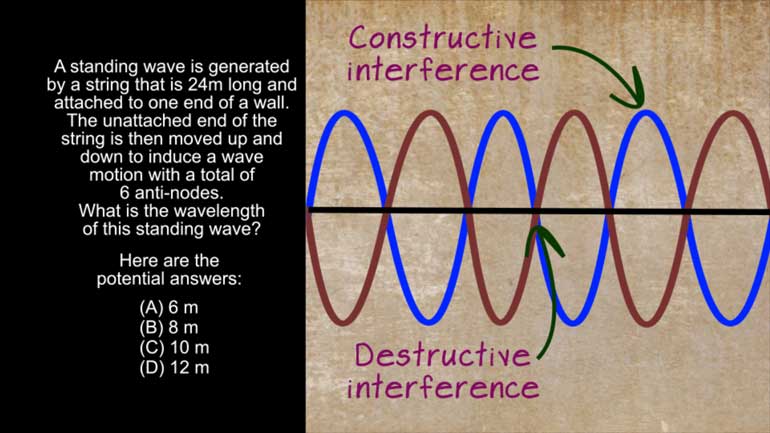ShmoopTube
Where Monty Python meets your 10th grade teacher.
Search Thousands of Shmoop Videos
Performing data analysis Videos 10 videos
Hi there. We'd like to wave hello to you, but the internet isn't letting us. So instead, accept this fun question about waves and physics! It's alm...
Got an AP test lurking around the corner? Good thing we brought this handy slingshot and some sweet math.
It takes a tiny village to build a tiny renewable energy source.
AP Physics 1: 2.1 Waves 209 Views
Share It!
Description:
AP Physics 1: 2.1 Waves. What is the largest possible amplitude that the resulting wave can have?
Transcript
- 00:00
We sneak in and here's your smoke to use your
- 00:04
brought to you by amplitude it's like attitude but for
- 00:08
amps all right two waves travel toward each other on
- 00:11
the same axis The first wave has an amplitude of
- 00:14
four millimeters and the second wave has an amplitude of
Full Transcript
- 00:17
five millimeters what's the largest possible amplitude the resulting wave
- 00:23
can have And here the potential answers One four five
- 00:26
nine waves crashing together Woo this could only mean one
- 00:30
thing Waffles No wait Not waffles All right we're hungry
- 00:34
And this question well we're dealing with super position So
- 00:37
all right moving on When waves collide they show super
- 00:41
position Well superposition means that the waves will combine at
- 00:44
the moment of collision and the amplitude of this combined
- 00:46
wave will equal the net amplitude of the waves have
- 00:49
collided Or to put it more simply to find the
- 00:52
largest possible amplitude of the combined wave we just add
- 00:55
up the amplitude of the two waves involved after tackling
- 00:58
some of these questions while doing simple addition feels like
- 01:01
putting on our favorite t shirt Easy peasy and what's
- 01:04
wrong with a dora the explorer t shirt way like
- 01:06
this and in this question the additions pretty easy five
- 01:10
millimeters plus four millimeters in california at least equals nine
- 01:14
millimeters that's the maximum possible amplitude for the wave formed
- 01:17
by this collision So the right answer is deep Now
- 01:20
If one wave was positive and the other negative well
- 01:24
then the waves would cancel each other out at least
- 01:26
partially So the net amplitude would be much smaller from
- 01:29
that situation We have to do subtraction which is a
- 01:32
little harder than edition but well we think we can
- 01:34
handle it Remember those number lines from third grade Well
- 01:37
in this case we're dealing with two positive waves so
- 01:39
we just adam up time for a jam sesh We
- 01:42
might need a new amp Uh this one seems totally 00:01:44.825 --> [endTime] over us
Related Videos
AP Physics 1: 1.4 Waves. Which of the following is technically true for Max as he stands at the edge of oblivion?
AP Physics 1: 1.4 Changes and Conservation Laws. Find the current across R2.
AP Physics 1: 2.4 Changes and Conservation Laws. Which of the following circuits should the students use?
AP Physics 1: 1.5 Waves. What can possibly occur when the two waves reach each other?
AP Physics 1: 2.2 Waves. What's the wavelength of this standing wave?
